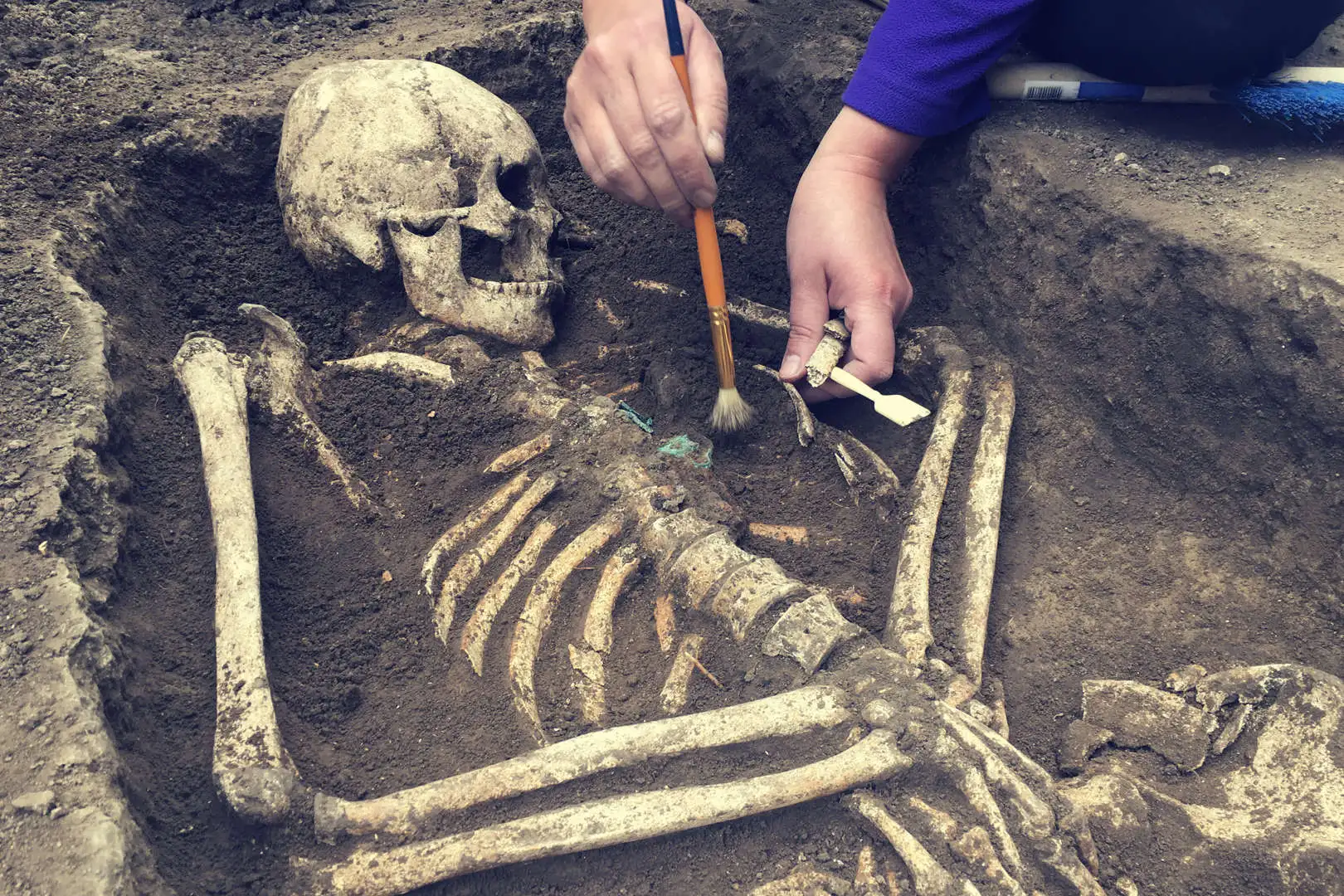Table of Contents
Archaeologists Incredible Discovery
A collection of seven prehistoric graves associated with an affluent population have been found by archaeologists in Peru. A team from the National University of San Cristóbal de Huamanga (UNASCH), located in the Vilcas Huamán province in the Andes Mountains of Peru’s Ayacucho region, reportedly discovered these burials, according to a report from Andina News Agency.
These tombs, which include human bones, are thought to have existed roughly 2,900 years ago—before the Wari or Huari civilizations—according to research. Between 500 and 1000 CE, the southern-central Andes and coastal areas of what is now Peru were home to the pre-Hispanic Wari civilization.
This pre-Inca civilization added to the variety of pre-Hispanic cultures already existent in modern-day Ayacucho and had a great historical impact on the region. It even before the Inca Empire.
Edison Mendoza Martnez, the leader of the UNASCH archaeological team, claimed that the graves discovered at Pallanchacra Pampa were the final resting places of notable people known as the “Lords of Vilcas Huamán.”
Archaeologists found three layers at the surface level, surrounded by substantial stone walls that supported roofs, during site excavation. The researchers also discovered an abundance of broken ceramics that were dispersed around the area.
The biggest concentration of archaeological remains was found in one of the tiers, “Central Two,” which was significant. This tier’s excavation uncovered a circular building and many chambers with slab-covered roofs.
Mendoza Martnez wrote, “Secondary burials were discovered during the pit’s excavation; in some cases, more than one person was buried at a time. Also found were objects like pottery that had been offered.
The crew documented a collection of burial items, including gold feathers, metal needles, and rings throughout the excavation, offering light on this particular group’s burial customs.
Mendoza Martnez continued by saying that the team also discovered intricate construction, supplying proof that the Wari later used the location.
To determine the precise dates of these bones and if the buried people were blood-related, researchers will now conduct DNA testing.
Archaeologists in Lima, the nation’s capital, said earlier this month that they had discovered a mummy that was almost 1,000 years old. This mummy was found in a tomb on top of a sizable earthen pyramid structure.
We now have a deeper grasp of Peru’s prehistoric past thanks to archaeologists in the Peruvian Andes who revealed the discovery of ancient underground passages at another site in September.
